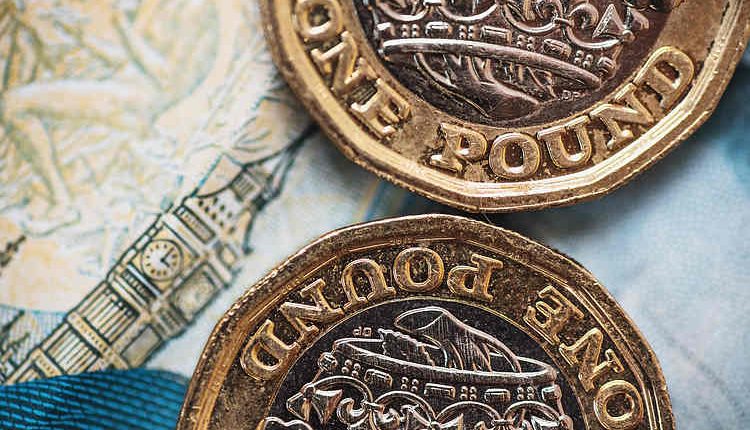- GBP/USD caught a bid on Monday, rising 0.7%.
- PMI figures came in softer on both sides of the Atlantic.
- Easing Greenback flows gave Cable a chance to catch its breath.
GBP/USD extended into its second day of gains in a row, kicking off the new trading week gaining seven-tenths of one percent and dragging bids back above the 1.2500 handle after last week’s bearish plunge below 1.2400. Purchasing Managers Index (PMI) figures missed the mark on both the UK and US sides. However, a general milieu of rising risk appetite kept safe-haven flows into the Greenback at bay.
UK PMI figures for December entirely missed the mark, printing below Wall Street forecasts and falling back but remaining above the 50.0 watermark for contraction expectations. The Composite PMI in particular fell to a 13-month low, easing to 50.4 from the expected hold at 50.5.
Final US S&P Global PMI figures somewhat missed the mark on Monday, with the Composite and Services PMIs for December both climbing from one month to the next, albeit less than analysts expected. Both indicators saw a slight downward revision from their preliminary prints, but still gained ground as the US economy churns on.
The key print for the midweek window will be Tuesday’s US ISM Services PMI for December. Median market forecasts are expecting an upswing to 53.0 from the previous month’s 52.1. Friday’s Nonfarm Payrolls (NFP) print will cast a long shadow over markets this week as investors anticipate a goldilocks print that will help push the Federal Reserve (Fed) toward more rate cuts, but not too weak or strong toward either side.
GBP/USD price forecast
GBP/USD has eased into a two-day rally, a welcome technical turn after the pair plunged to fresh nine-month lows last week below the 1.2400 handle. While selling pressure still has eyes set on the major 1.2000 price level, an exhaustion play could be on the cards as buyers try to muscle price action back up to the 50-day Exponential Moving Average (EMA) falling through the 1.2700 handle.
GBP/USD daily chart
Pound Sterling FAQs
The Pound Sterling (GBP) is the oldest currency in the world (886 AD) and the official currency of the United Kingdom. It is the fourth most traded unit for foreign exchange (FX) in the world, accounting for 12% of all transactions, averaging $630 billion a day, according to 2022 data. Its key trading pairs are GBP/USD, also known as ‘Cable’, which accounts for 11% of FX, GBP/JPY, or the ‘Dragon’ as it is known by traders (3%), and EUR/GBP (2%). The Pound Sterling is issued by the Bank of England (BoE).
The single most important factor influencing the value of the Pound Sterling is monetary policy decided by the Bank of England. The BoE bases its decisions on whether it has achieved its primary goal of “price stability” – a steady inflation rate of around 2%. Its primary tool for achieving this is the adjustment of interest rates. When inflation is too high, the BoE will try to rein it in by raising interest rates, making it more expensive for people and businesses to access credit. This is generally positive for GBP, as higher interest rates make the UK a more attractive place for global investors to park their money. When inflation falls too low it is a sign economic growth is slowing. In this scenario, the BoE will consider lowering interest rates to cheapen credit so businesses will borrow more to invest in growth-generating projects.
Data releases gauge the health of the economy and can impact the value of the Pound Sterling. Indicators such as GDP, Manufacturing and Services PMIs, and employment can all influence the direction of the GBP. A strong economy is good for Sterling. Not only does it attract more foreign investment but it may encourage the BoE to put up interest rates, which will directly strengthen GBP. Otherwise, if economic data is weak, the Pound Sterling is likely to fall.
Another significant data release for the Pound Sterling is the Trade Balance. This indicator measures the difference between what a country earns from its exports and what it spends on imports over a given period. If a country produces highly sought-after exports, its currency will benefit purely from the extra demand created from foreign buyers seeking to purchase these goods. Therefore, a positive net Trade Balance strengthens a currency and vice versa for a negative balance.
Read the full article here

